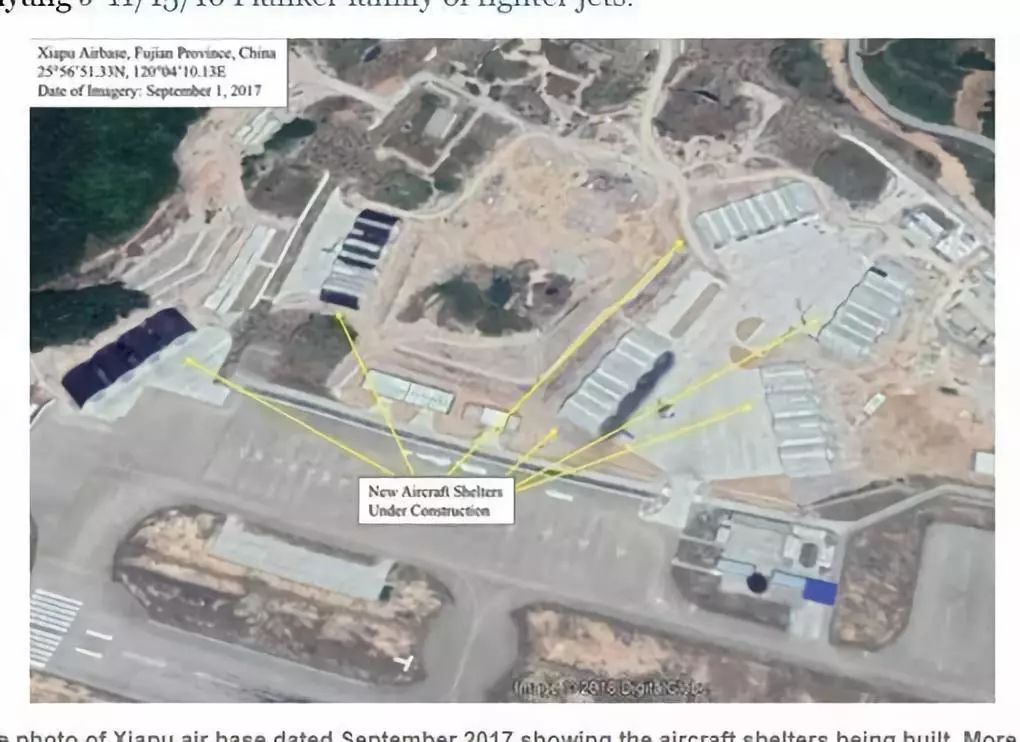- Joined
- Aug 28, 2011
- Messages
- 3,990
- Points
- 63
Already succeeded with Y-20 transporter jet and mass produced + developing variants, but PLA not stopping there. Bigger transporter jets are being developed, sorting stronger air lift capacity.
http://mil.news.sina.com.cn/jssd/2018-05-13/doc-ihamfahx6278066.shtml
我军运20运力无法满足战略空军需求 或将造巨型大运
我军运20运力无法满足战略空军需求 或将造巨型大运
0
进入21世纪以来,我国在国防军事领域投入了巨大的资金与众多的人才,因此,我国的武器发展速度进入了历史最高时期。在众多的军事领域,大型运输机是我国必须要突破的一个技术堡垒,经过我国一代又一代军工科研人才的不懈努力,运20终于服役。为了对我国大型运输机发展有一个长期的规划,5月7日,陕西阎良举行了《2018中国大中型军用民用飞机发展高峰会》,在会议期间,运20总设计师唐长红院士发表了主题演讲,详细介绍了我国在大型军用运输机发展上的历程以及未来的规划。

运20大型运输机从诞生开始就备受关注,因为它是我国自主研发的最新型大型运输机,融入了我国在大飞机领域的所有技术经验。在此之前,中国在军用大型运输机这一领域科学研究几乎空白,不得不长期依赖于俄罗斯等国的进口,因此,它的研发对于我国战略安全而言,有着重要意义。可以说他对于我国的意义,绝对不亚于同属于20家族的歼20,一个使我国拥有了同美国匹敌的制空权,而另一个使我国战略投送能力进入全球先进行列。
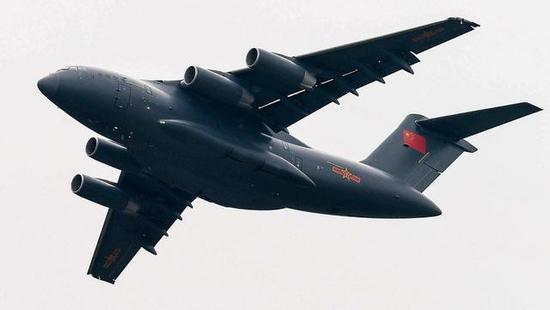
然而我们必须看到的是,尽管运20是我国最新型最先进的大型运输机,但是我国在这一方面与俄罗斯美国等国的差距依旧很大,未来,我国必须研发更大型技术更先进的军用运输机来满足我国的战略需求。因为就目前情况而言,运20并不能完全满足我国庞大的投送需求。运20大型运输机应该是一个技术平台,我国科研工作者根据他得到的经验来研发更为先进的武器系统。
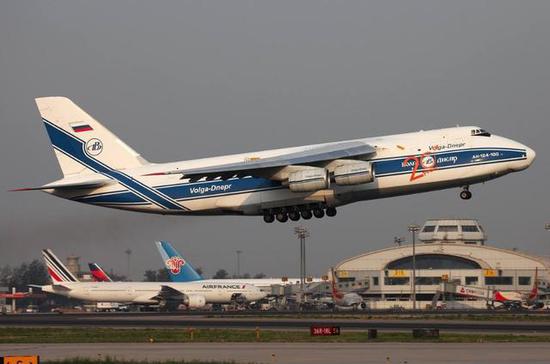
但是,一个国家的军事需求往往和一个国家的军工能力不匹配,很多人质疑中国能够研发更为先进的大型运输机。对于这个问题,运20总师在会议上这样说道:更大型的飞机的制造还是需要看国家的需求,在航空工业的运输机领域,有着更大的决心以及信息!这样的话,显然是十分自信的,发展与否,完全取决于国家的战略需求,而非我国的军工实力。
平心而论,今天我国的军工科研能力已经取得了巨大的飞跃,运20总师的话是完全符合我国现在的科研实力的。我国想要建设一支强大军队所缺少的东西,科研工作者正在一件一件的解决,包括运20在内,20家族大部分已经实现服役,最后一款大杀器,轰20近日也疑似曝光,可以预见的是,一支强大的中国军队,马上到来!(作者署名:利刃/DY)
The 20 military transport capacity of our military can't meet the needs of the strategic air force or it will make a huge fortune
The 20 military transport capacity of our military can't meet the needs of the strategic air force or it will make a huge fortune
0
Since entering the 21st century, China has invested huge funds and numerous talents in the field of national defense and military. Therefore, China’s weapon development speed has entered the highest historical period. In many military fields, large-scale transport aircraft is a technological fortress that China must break through. Through the unremitting efforts of generations of military research personnel in China, Wanyun 20 is finally serving. In order to have a long-term plan for the development of China's large transport aircraft, on May 7, Shaanxi Liangliang held the "2018 China Large and Medium Military Civil Aircraft Development Summit". During the conference, the 20th Chief Designer Tang Changhong delivered a keynote speech. The detailed description of China's history in the development of large-scale military transport aircraft and future plans.
The transport of the 20 large transport aircraft has attracted attention since its inception, because it is the latest large-scale transport aircraft independently developed by China and incorporates all of China’s technological experience in the field of large aircraft. Prior to this, China’s scientific research in the field of military large transport aircraft was almost blank and it had to rely on imports from Russia and other countries for a long time. Therefore, its R&D has important implications for China’s strategic security. It can be said that his significance to our country is absolutely no less than that of the 20th family that belongs to the 20th family. One has enabled China to have air supremacy equal to that of the United States, and the other has enabled China's strategic delivery capability to advance into the global ranks.
However, we must see that even though Yunyun 20 is China’s latest state-of-the-art large-scale transport aircraft, the gap between China and Russia and the United States in this respect is still very large. In the future, China must develop larger and more advanced military technologies. Transport aircraft to meet China's strategic needs. As far as the current situation is concerned, Yun 20 does not fully satisfy China's huge demand for delivery. The transport of the 20 large transport aircraft should be a technological platform. Our scientific research workers will develop more advanced weapon systems based on his experience.
However, the military needs of a country often do not match the military capabilities of a country. Many people question whether China can develop a more advanced large-scale transport aircraft. On this issue, the Chief Transporter 20 said at the meeting: The manufacture of larger aircraft still needs to look at the needs of the country. In the field of transport aircraft of the aviation industry, there is greater determination and information! In this case, it is obviously very confident. The development depends on the country’s strategic needs, not on the strength of China’s military industry.
In all fairness, China’s military scientific research capability has made a huge leap forward today. The words of the 20th Chief Transporter are fully in line with China’s current scientific research strength. Our country wants to build something that is lacking in a powerful military. Scientific research workers are solving one by one. Including Yun 20, most of the 20 families have already fulfilled their service. The last big killer, H20 is also suspected in recent days. Exposure, predictable, is that a powerful Chinese army will soon come! (Author's signature: sharp/DY)
http://mil.news.sina.com.cn/jssd/2018-05-13/doc-ihamfahx6278066.shtml
我军运20运力无法满足战略空军需求 或将造巨型大运
我军运20运力无法满足战略空军需求 或将造巨型大运
0
进入21世纪以来,我国在国防军事领域投入了巨大的资金与众多的人才,因此,我国的武器发展速度进入了历史最高时期。在众多的军事领域,大型运输机是我国必须要突破的一个技术堡垒,经过我国一代又一代军工科研人才的不懈努力,运20终于服役。为了对我国大型运输机发展有一个长期的规划,5月7日,陕西阎良举行了《2018中国大中型军用民用飞机发展高峰会》,在会议期间,运20总设计师唐长红院士发表了主题演讲,详细介绍了我国在大型军用运输机发展上的历程以及未来的规划。

运20大型运输机从诞生开始就备受关注,因为它是我国自主研发的最新型大型运输机,融入了我国在大飞机领域的所有技术经验。在此之前,中国在军用大型运输机这一领域科学研究几乎空白,不得不长期依赖于俄罗斯等国的进口,因此,它的研发对于我国战略安全而言,有着重要意义。可以说他对于我国的意义,绝对不亚于同属于20家族的歼20,一个使我国拥有了同美国匹敌的制空权,而另一个使我国战略投送能力进入全球先进行列。

然而我们必须看到的是,尽管运20是我国最新型最先进的大型运输机,但是我国在这一方面与俄罗斯美国等国的差距依旧很大,未来,我国必须研发更大型技术更先进的军用运输机来满足我国的战略需求。因为就目前情况而言,运20并不能完全满足我国庞大的投送需求。运20大型运输机应该是一个技术平台,我国科研工作者根据他得到的经验来研发更为先进的武器系统。

但是,一个国家的军事需求往往和一个国家的军工能力不匹配,很多人质疑中国能够研发更为先进的大型运输机。对于这个问题,运20总师在会议上这样说道:更大型的飞机的制造还是需要看国家的需求,在航空工业的运输机领域,有着更大的决心以及信息!这样的话,显然是十分自信的,发展与否,完全取决于国家的战略需求,而非我国的军工实力。
平心而论,今天我国的军工科研能力已经取得了巨大的飞跃,运20总师的话是完全符合我国现在的科研实力的。我国想要建设一支强大军队所缺少的东西,科研工作者正在一件一件的解决,包括运20在内,20家族大部分已经实现服役,最后一款大杀器,轰20近日也疑似曝光,可以预见的是,一支强大的中国军队,马上到来!(作者署名:利刃/DY)
The 20 military transport capacity of our military can't meet the needs of the strategic air force or it will make a huge fortune
The 20 military transport capacity of our military can't meet the needs of the strategic air force or it will make a huge fortune
0
Since entering the 21st century, China has invested huge funds and numerous talents in the field of national defense and military. Therefore, China’s weapon development speed has entered the highest historical period. In many military fields, large-scale transport aircraft is a technological fortress that China must break through. Through the unremitting efforts of generations of military research personnel in China, Wanyun 20 is finally serving. In order to have a long-term plan for the development of China's large transport aircraft, on May 7, Shaanxi Liangliang held the "2018 China Large and Medium Military Civil Aircraft Development Summit". During the conference, the 20th Chief Designer Tang Changhong delivered a keynote speech. The detailed description of China's history in the development of large-scale military transport aircraft and future plans.
The transport of the 20 large transport aircraft has attracted attention since its inception, because it is the latest large-scale transport aircraft independently developed by China and incorporates all of China’s technological experience in the field of large aircraft. Prior to this, China’s scientific research in the field of military large transport aircraft was almost blank and it had to rely on imports from Russia and other countries for a long time. Therefore, its R&D has important implications for China’s strategic security. It can be said that his significance to our country is absolutely no less than that of the 20th family that belongs to the 20th family. One has enabled China to have air supremacy equal to that of the United States, and the other has enabled China's strategic delivery capability to advance into the global ranks.
However, we must see that even though Yunyun 20 is China’s latest state-of-the-art large-scale transport aircraft, the gap between China and Russia and the United States in this respect is still very large. In the future, China must develop larger and more advanced military technologies. Transport aircraft to meet China's strategic needs. As far as the current situation is concerned, Yun 20 does not fully satisfy China's huge demand for delivery. The transport of the 20 large transport aircraft should be a technological platform. Our scientific research workers will develop more advanced weapon systems based on his experience.
However, the military needs of a country often do not match the military capabilities of a country. Many people question whether China can develop a more advanced large-scale transport aircraft. On this issue, the Chief Transporter 20 said at the meeting: The manufacture of larger aircraft still needs to look at the needs of the country. In the field of transport aircraft of the aviation industry, there is greater determination and information! In this case, it is obviously very confident. The development depends on the country’s strategic needs, not on the strength of China’s military industry.
In all fairness, China’s military scientific research capability has made a huge leap forward today. The words of the 20th Chief Transporter are fully in line with China’s current scientific research strength. Our country wants to build something that is lacking in a powerful military. Scientific research workers are solving one by one. Including Yun 20, most of the 20 families have already fulfilled their service. The last big killer, H20 is also suspected in recent days. Exposure, predictable, is that a powerful Chinese army will soon come! (Author's signature: sharp/DY)

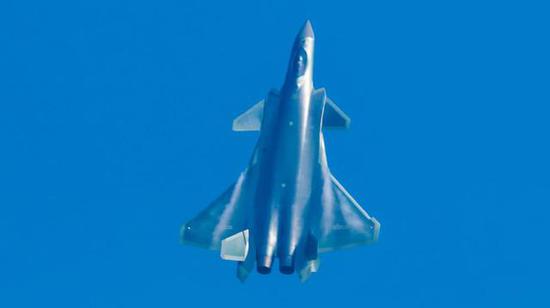
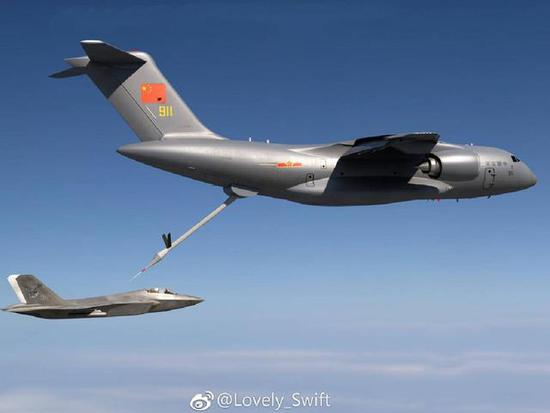
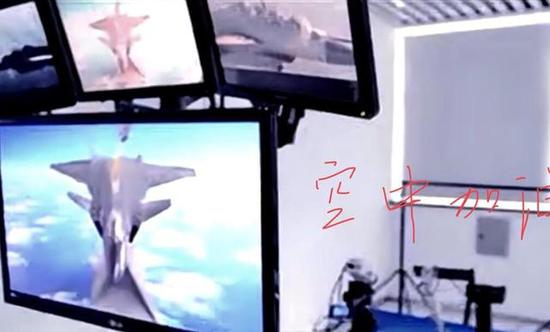
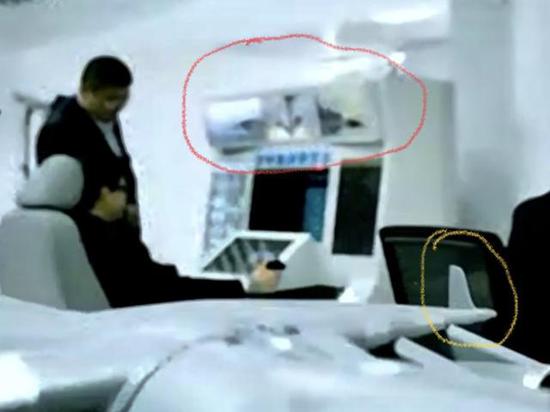





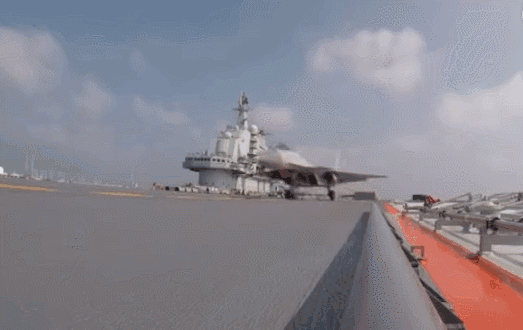
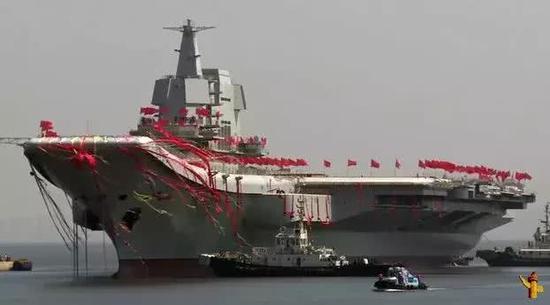
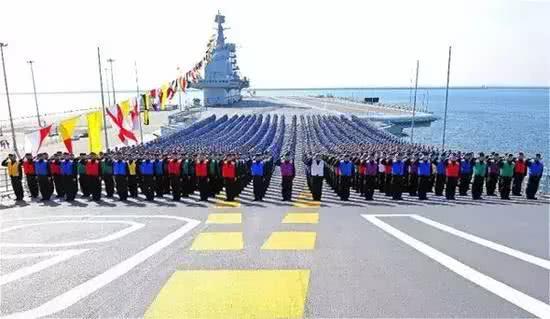
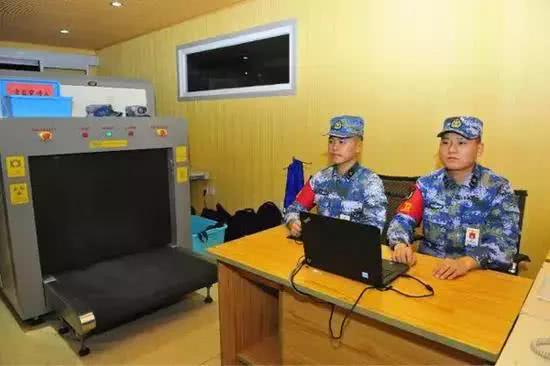
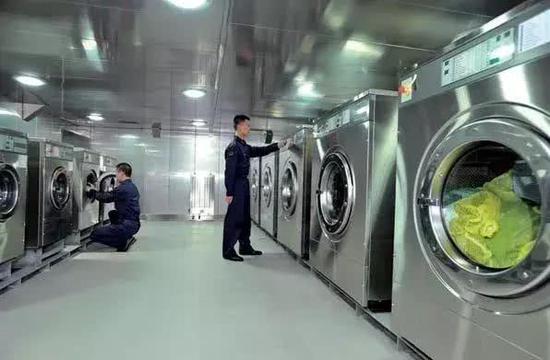
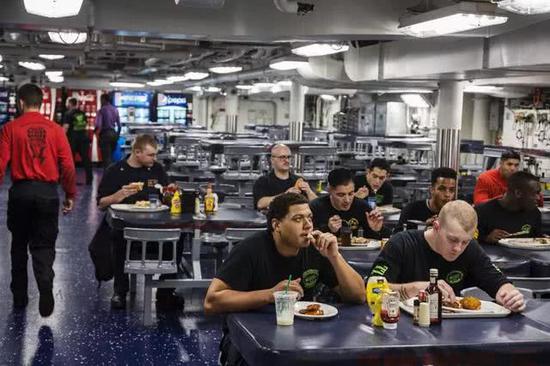
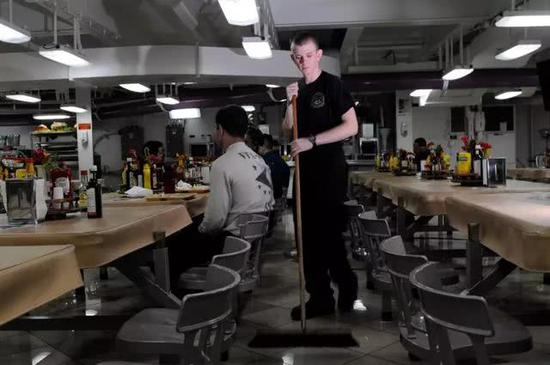
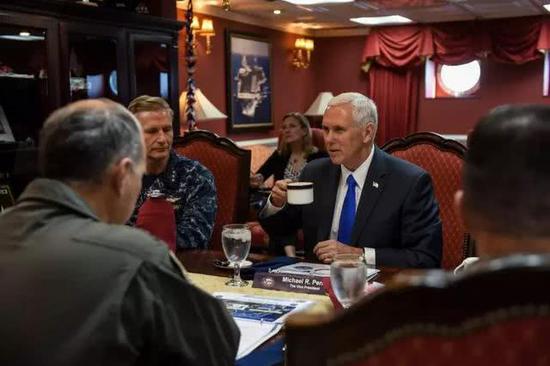




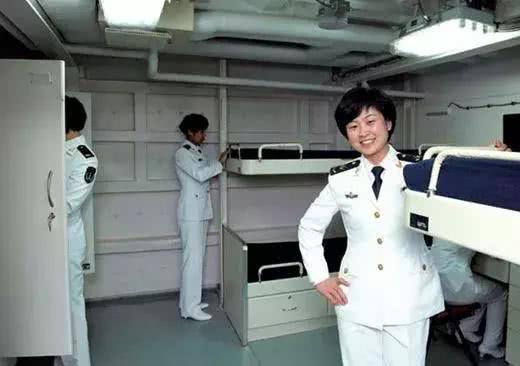
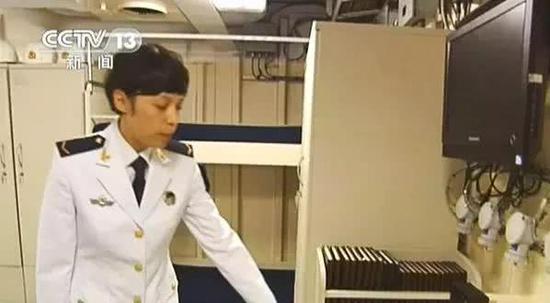
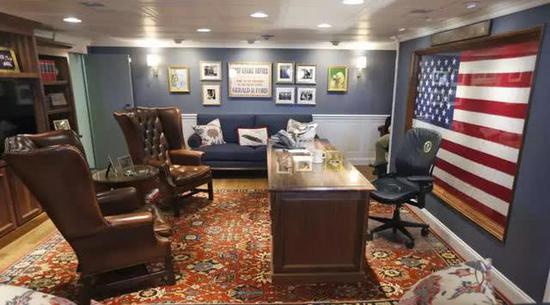
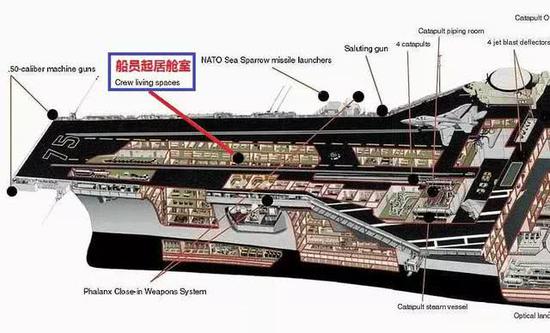
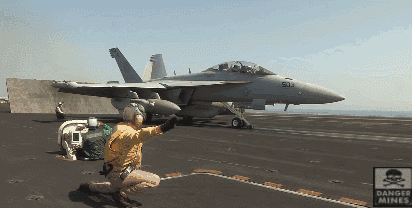

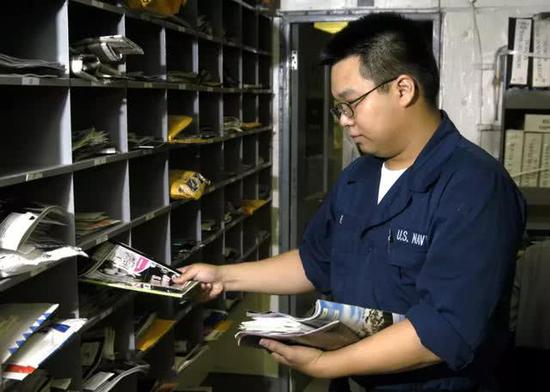

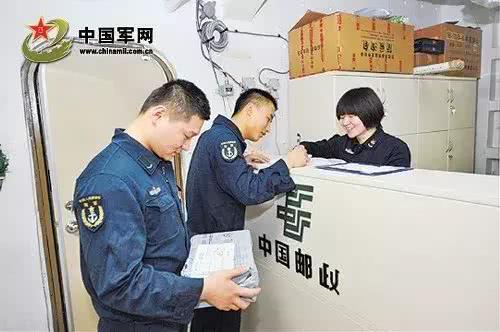
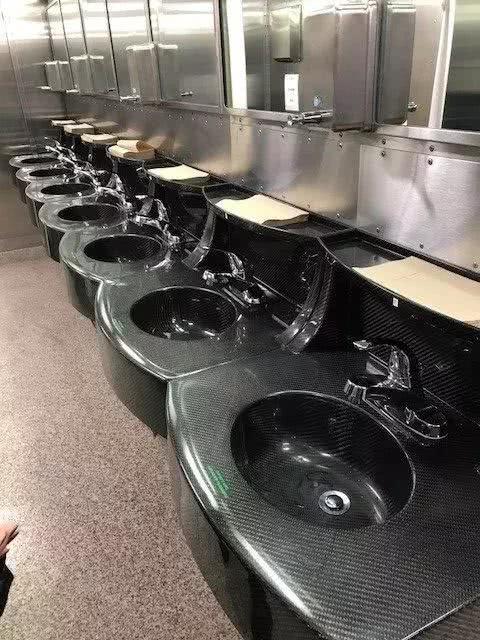

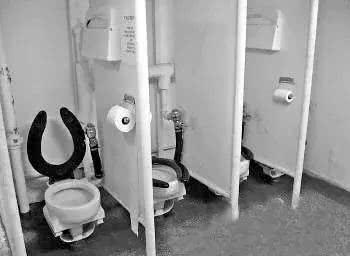


/arc-anglerfish-arc2-prod-mco.s3.amazonaws.com/public/QD7T6JQ2LRECNAH3WURPNHOF7M.jpg)
/arc-anglerfish-arc2-prod-mco.s3.amazonaws.com/public/AGWO4KC5ZNG4LKPIR2PK26IM7E.jpg)

